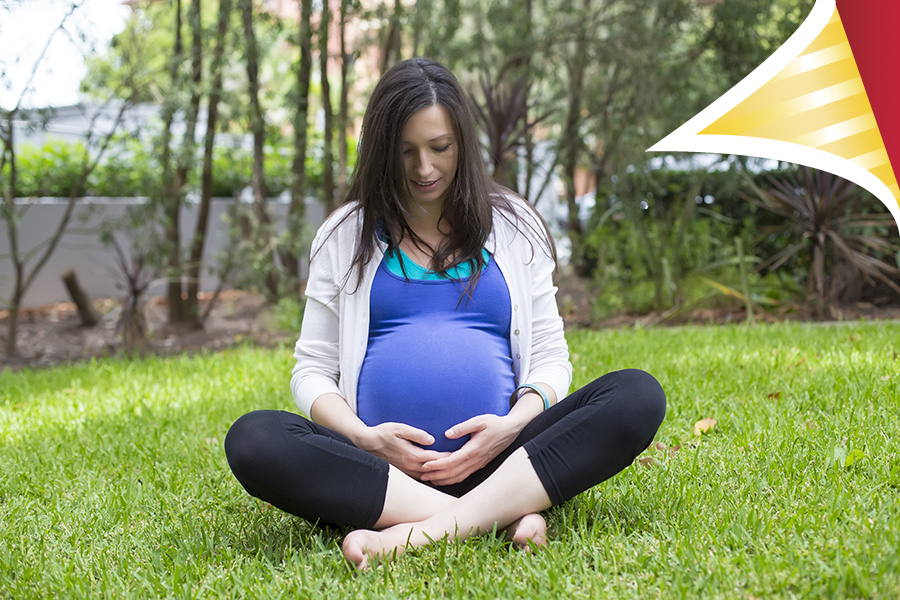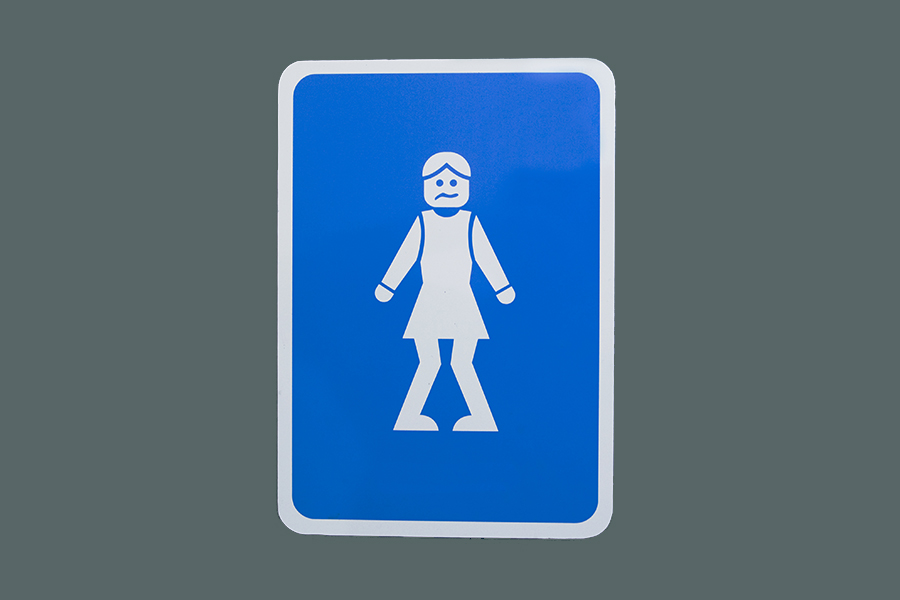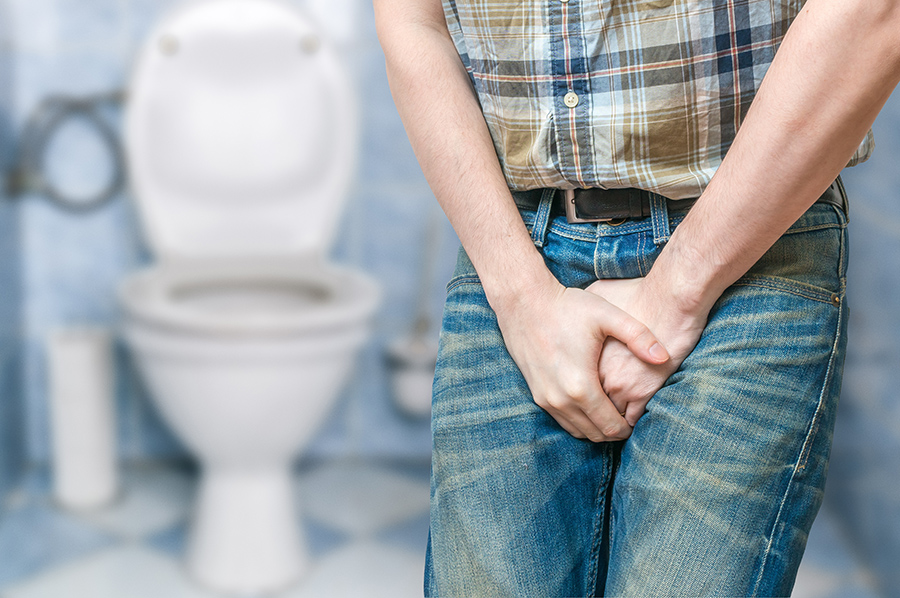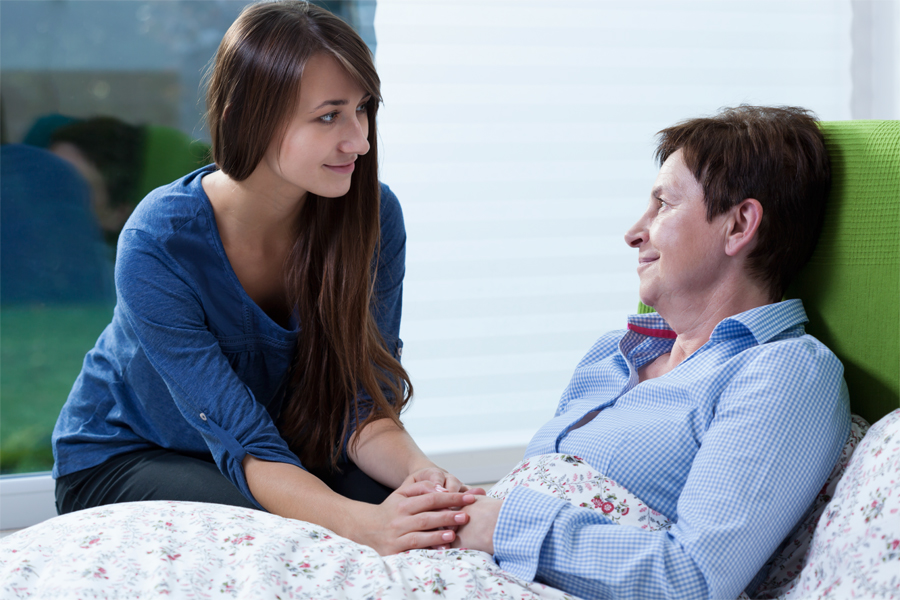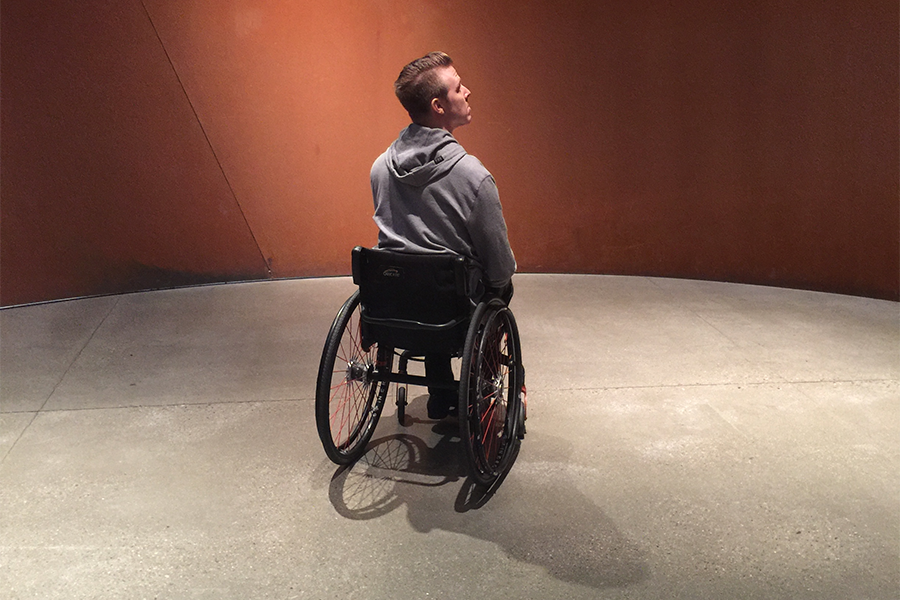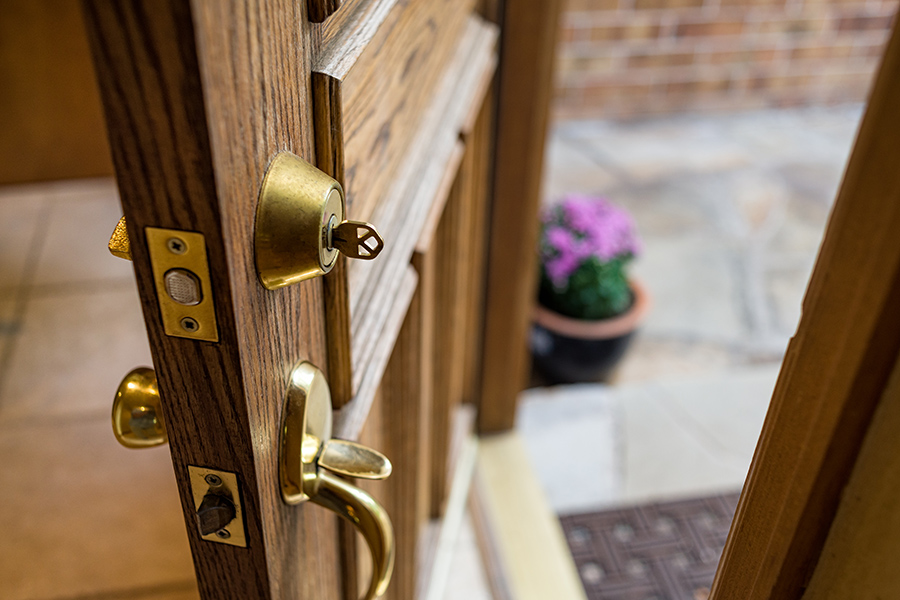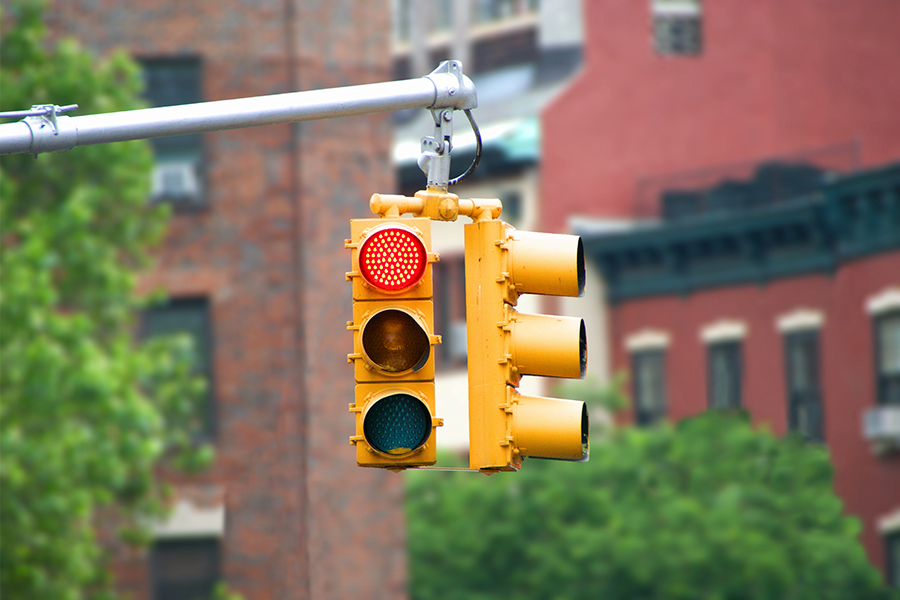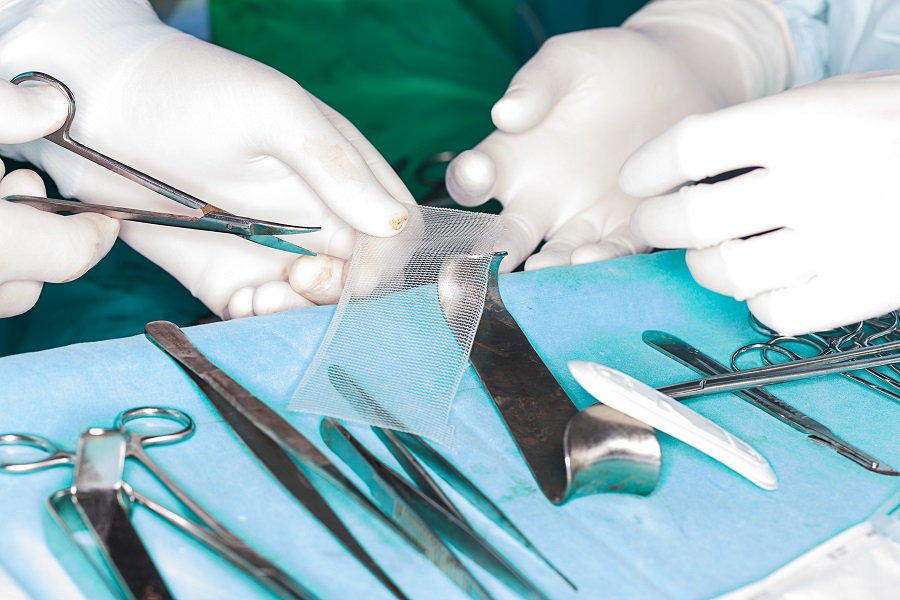Many women are unaware that pregnancy can bring incontinence with it. This issue doesn’t happen for all women before they give birth, but it is something that every expectant mother should be aware of and consider gathering information and supplies before the issue becomes a problem.
Why is this happening?
You have enough going on, right? Between morning sickness, being extra tired and needing to prepare for the baby, this is the last thing you want to have to worry about. But it’s all part of carrying a heavy object (in this case, a tiny person) on top of your bladder for an extended period of time. It’s a lot to ask of an organ that already deals with a lot of pressure.
Make it stop!
Luckily, there are some ways to try and fix this issue. One is to do Kegel exercises. You may have heard or seen sites on the Internet that say that Kegels are not the way to go. While these sites may make a few points that sound valid, none of them has .gov or .edu at the end of their url. This means that these theories and methods have not been tested by authorities and are not to be trusted. If Kegel exercises do not work for you, then please speak with your doctor and they may be able to discuss alternatives with you. In the meantime, try these tips for doing Kegel exercises from Medline Plus, part of the National Health Institute:
A Kegel exercise is like pretending you have to urinate and then holding it. You relax and tighten the muscles that control urine flow. It is important to find the right muscles to tighten.
Next time you have to urinate, start to go and then stop. Feel the muscles in your vagina (for women), bladder, or anus get tight and move up. These are the pelvic floor muscles. If you feel them tighten, you have done the exercise right. Your thighs, buttock muscles, and abdomen should remain relaxed.
How often do I have to do these?
The recommendation is three times a day. Perhaps after finishing breakfast lunch and dinner? Again, here are the guidelines from Medline Plus:
- Make sure your bladder is empty, then sit or lie down.
- Tighten your pelvic floor muscles. Hold tight and count to 8.
- Relax the muscles and count to 10.
- Repeat 10 times, 3 times a day (morning, afternoon, and night).
What else?
If Kegels aren’t quite doing the trick, there are a few other things to try. One is to make sure your weight is where your doctor feels it should be. Another is to make sure you’re getting enough water – being dehydrated can cause more bladder issues than just not drinking. If you still find yourself leaking (urine and not amniotic fluid, which won’t have a smell and means you should contact your doctor immediately) then discuss the issue with your doctor and consider investing in light bladder leakage pads.
Good luck and happy pregnancy!







